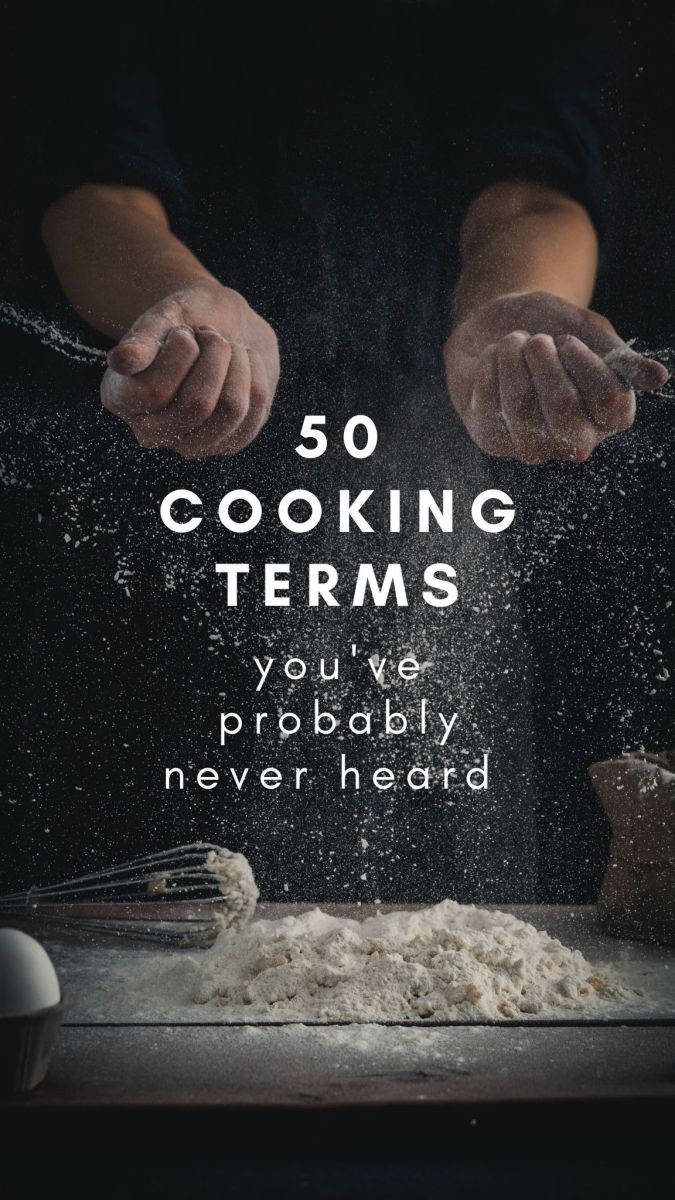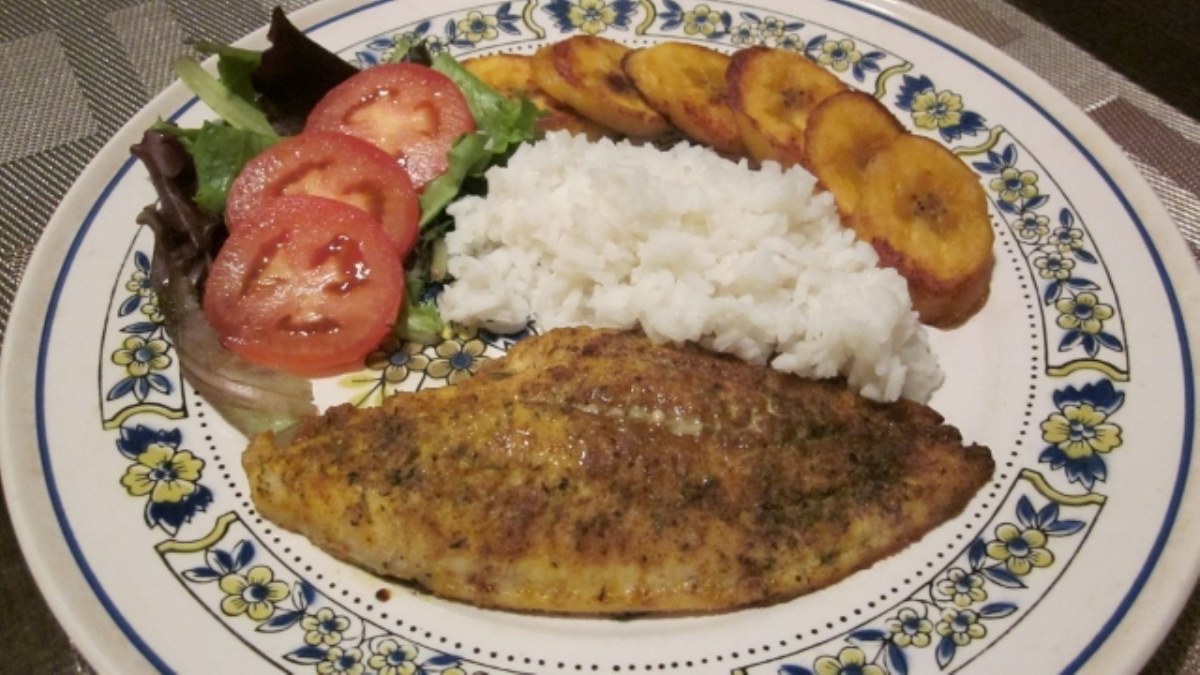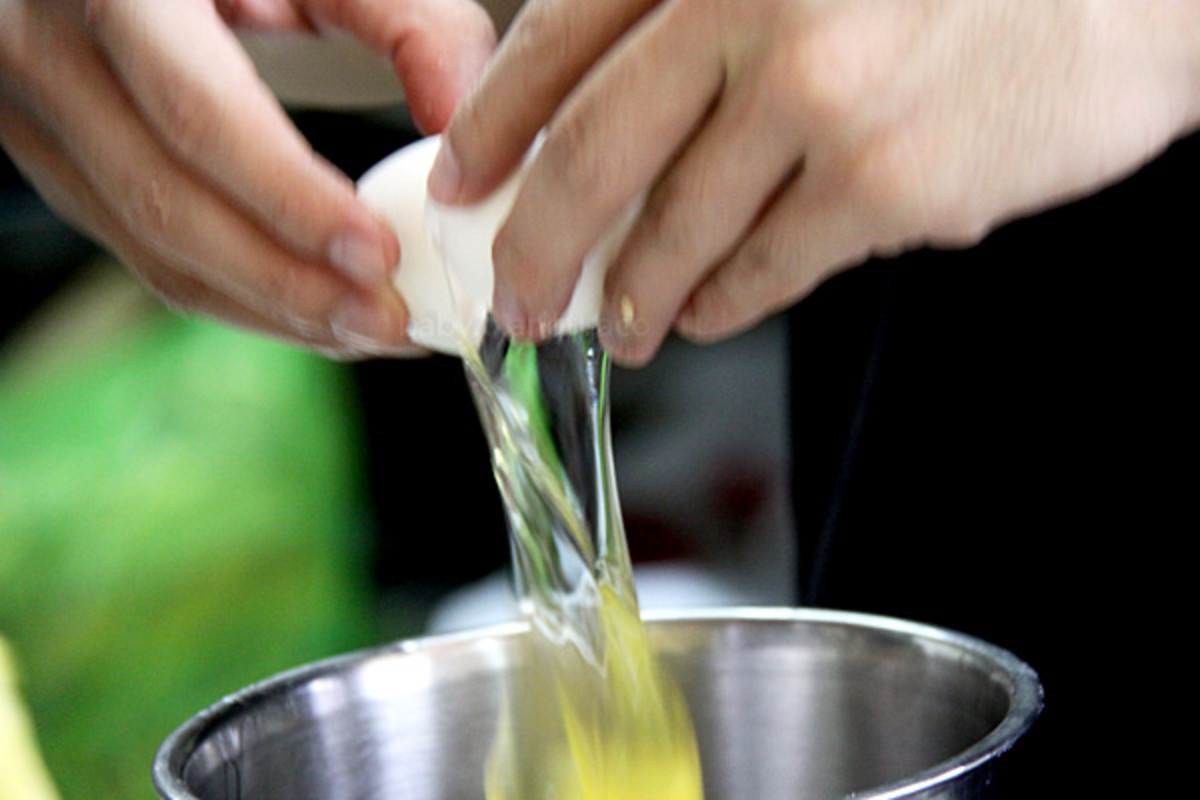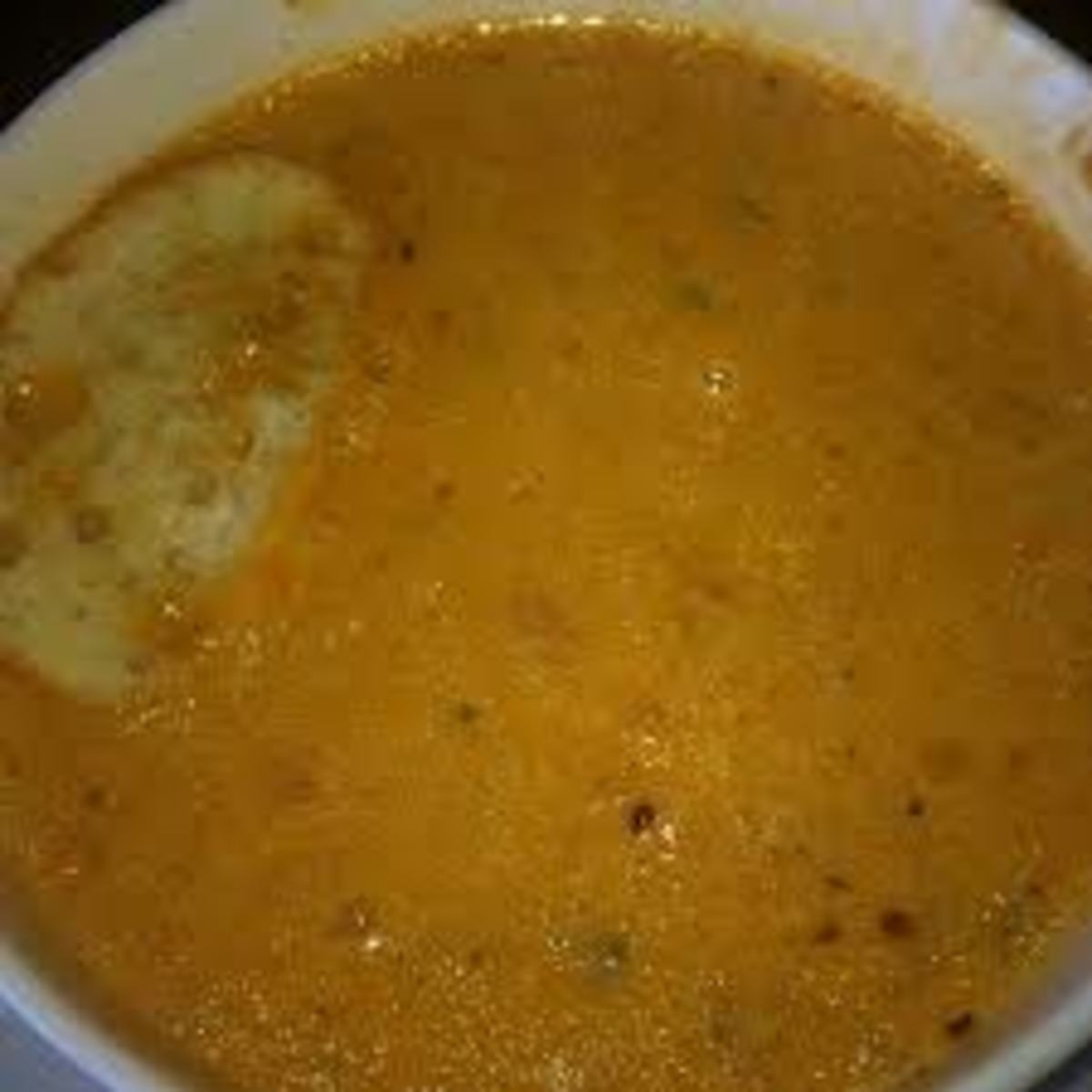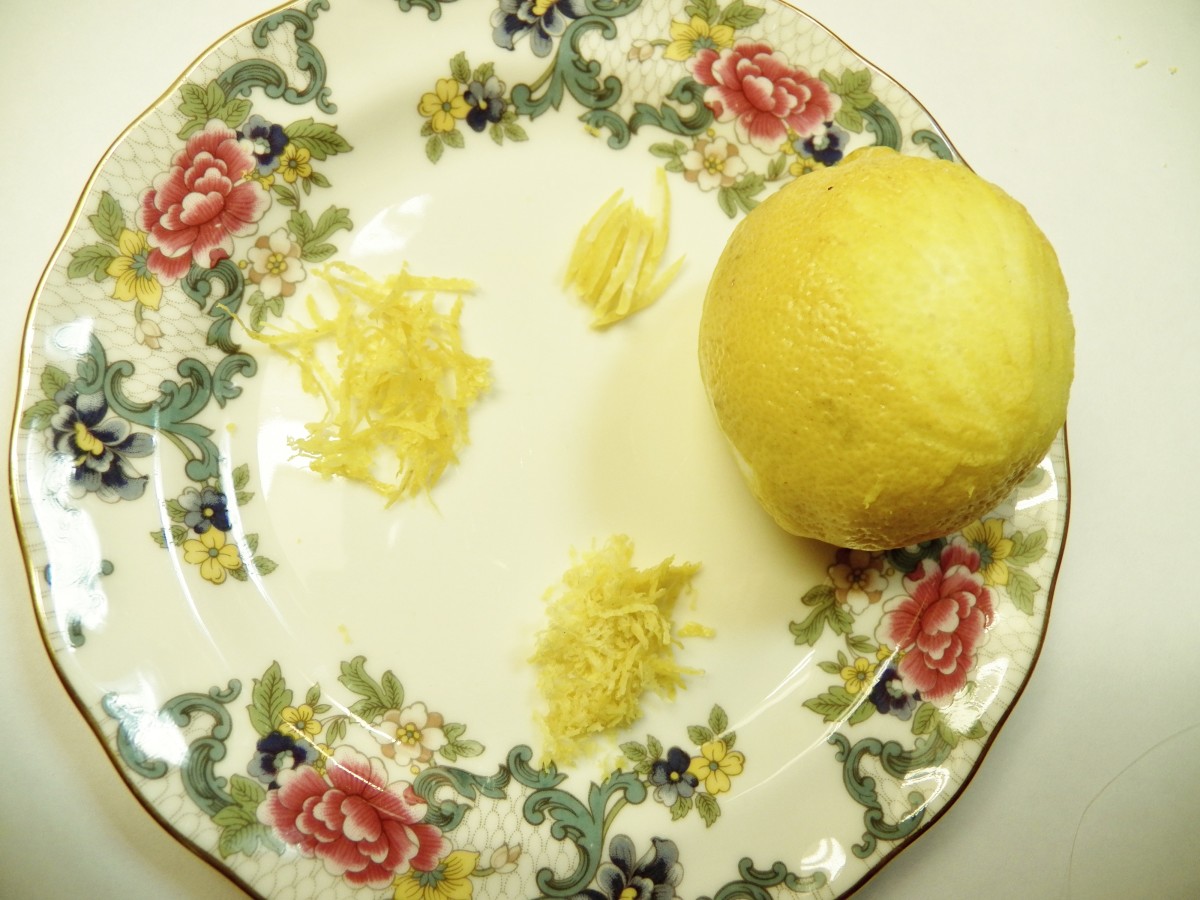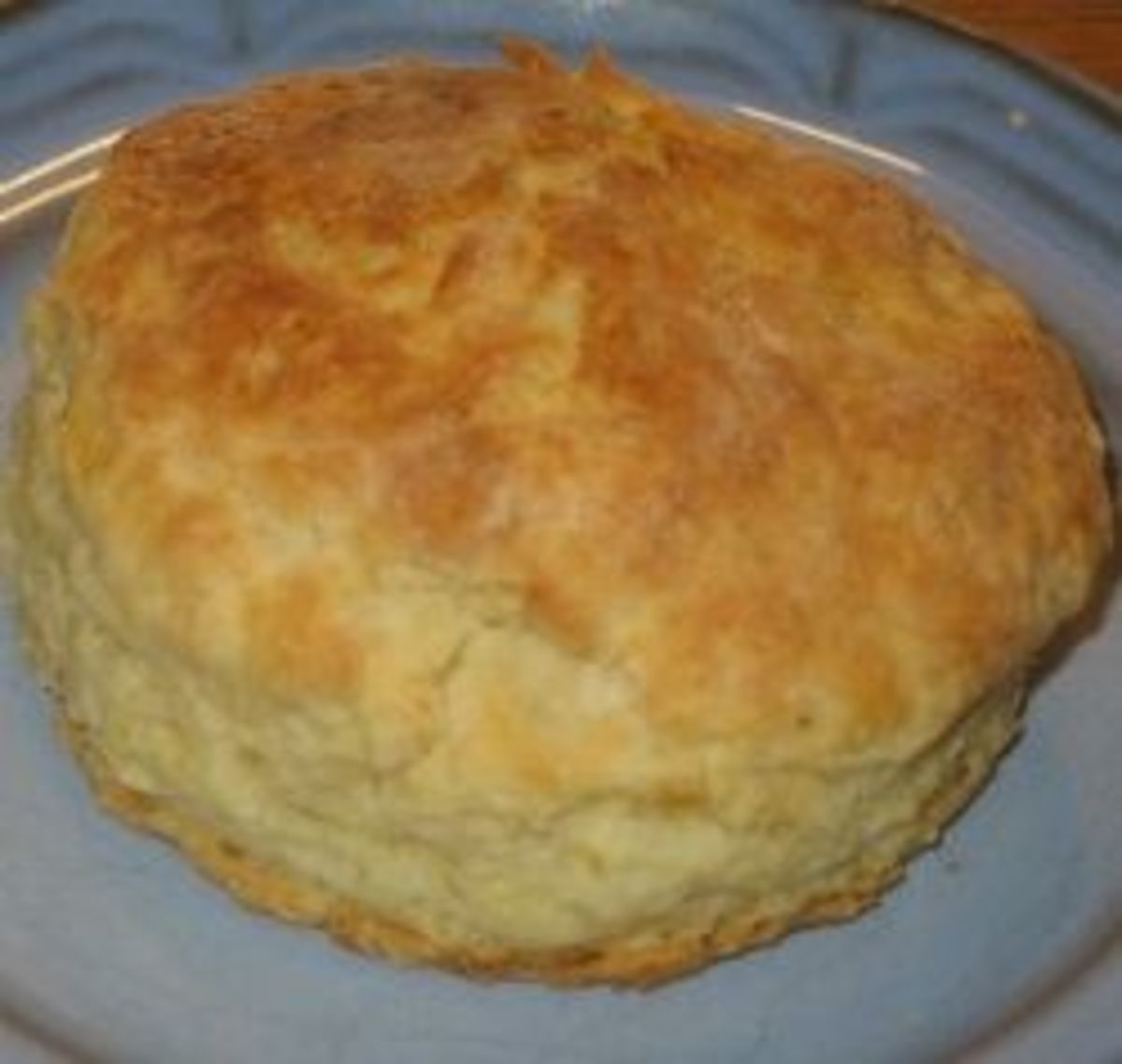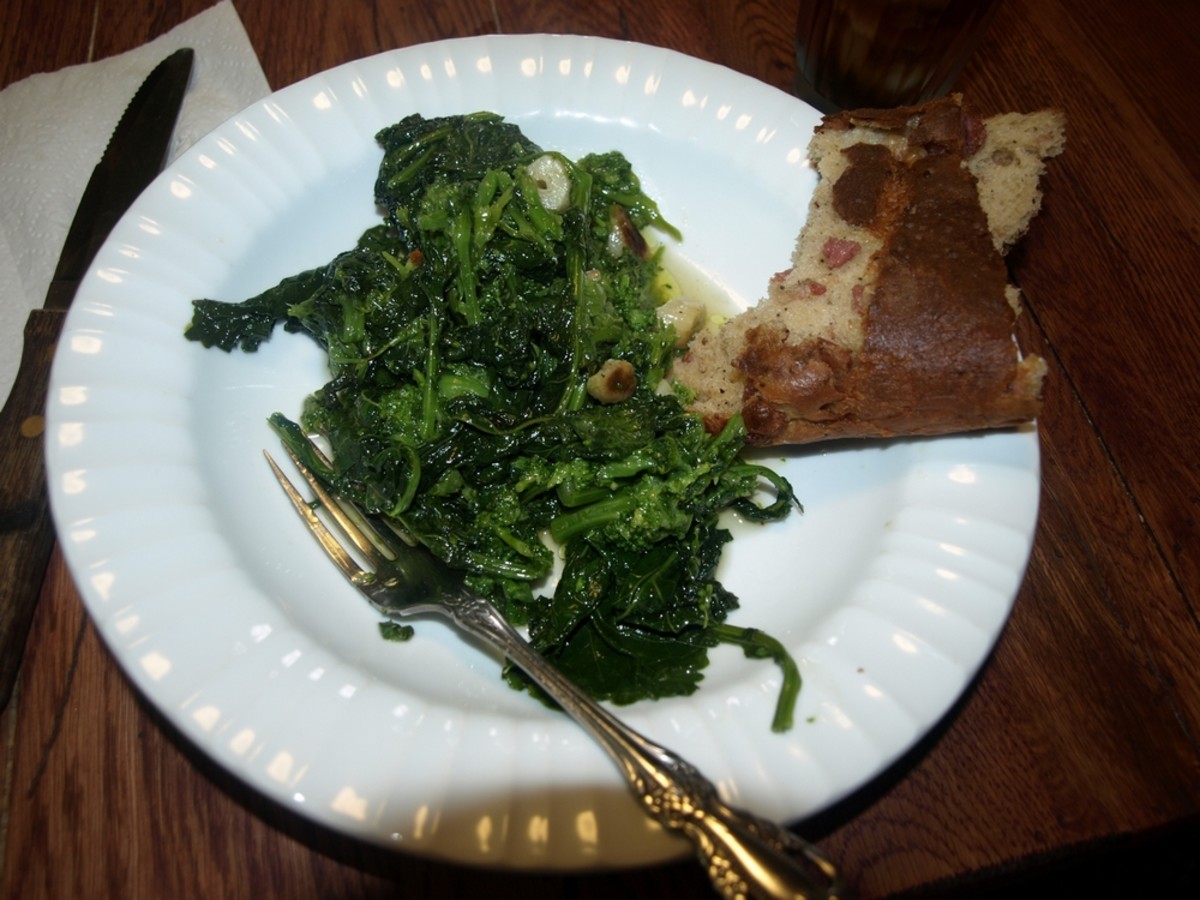Ask Carb Diva: Questions & Answers About Foods, Recipes & Cooking, #10

It's Beginning to Look A Lot Like Christmas
The trees (yes, more than one) are up, the halls are decked, and I've swept the cinders out of the fireplace so Santa's whiskers won't get sooty. What hasn't happened in the Carb Diva home is the usual circus of cookie baking and candy making.
I have found, much to my dismay, that once you pass the half-century mark those sweet treats last a minute on the lips and years on the hips.
What about you? Are you ready for the holidays? Looking for a special recipe or need recommendations on how to prepare your menu? I'm here to help. Let's start with a question I received last week about cooking terms.
Can You Provide a Lexicon of Cooking Terms?
So sometimes you baffle me with words I do not quite understand. I looked up "fold" today. Those definitions are all Latin to me. Is there a good normal people dictionary out there? Or could you do a capsule on strange cooking names each week? Like "saute'", best I can figure is that it means frying.
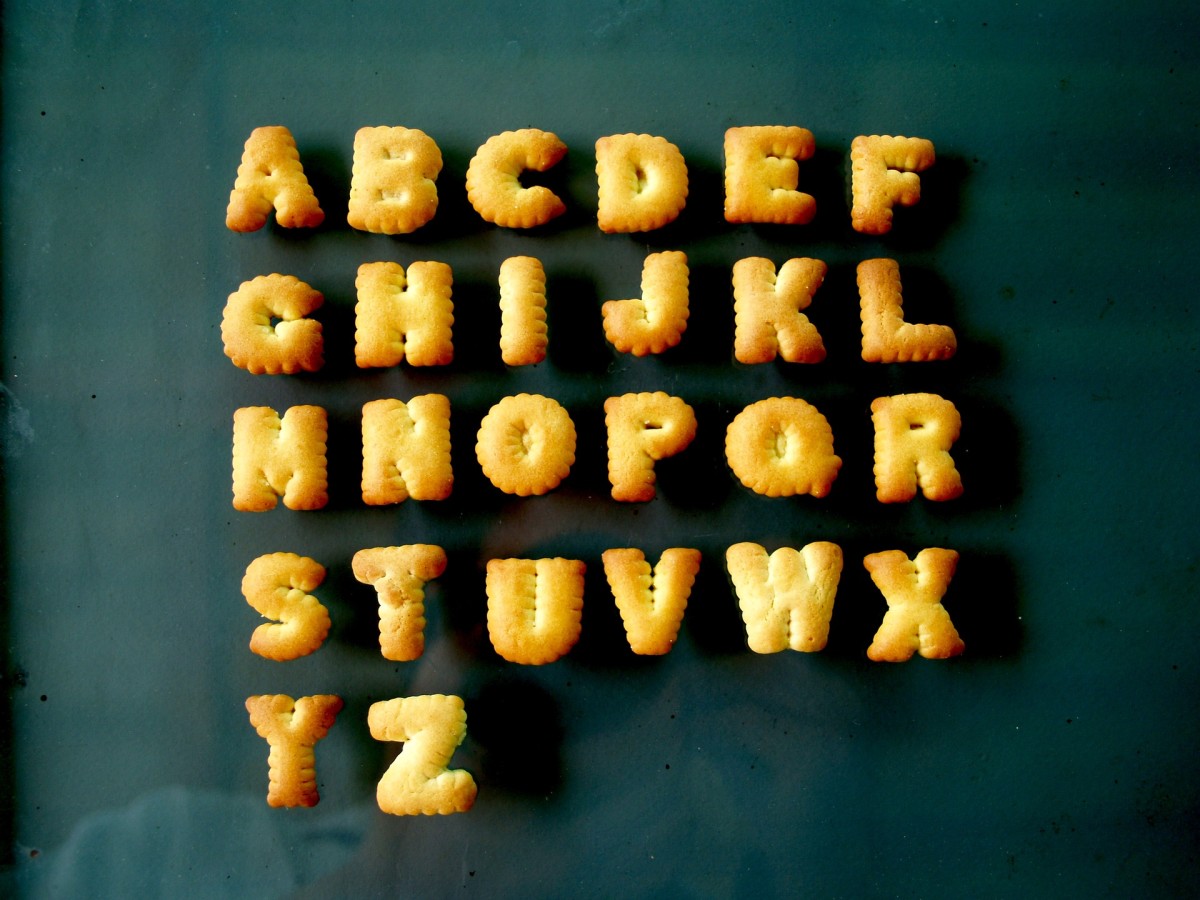
Eric, what a great question. If nothing else, this will certainly help keep this thread going for a long, long time. I'm going to start, where all good things should, at the beginning with letter "A". I'll do (as you suggested in another comment) five each week. I have no idea how long this will take, but let's begin with these five cooking terms. (And I hope you won't need a definition of zest for a while).
Aerate – To add air to an ingredient or “fluff it up” to make it lighter. A good example is the sifting of flour. Whipping butter is another. Place a stick of room temperature butter in the bowl of a mixer. Whip it and it will increase in volume. And then, consider eggs. The whites of eggs can increase 4 times their original volume when whipped to stiff peaks. Egg yolks also transform from yellow-orange “plops” to ethereal light-yellow ribbons when beaten.
Al dente – This is Italian for “to the tooth”. But, in the words of Martin Luther “What does this mean?” When pasta is cooked al dente, it is not hard to chew. Consider how pasta feels (to your tooth) when it is being transformed from raw to “just right”. Follow the directions on your package. If it says “allow 10 minutes to cook”, sample a strand of that pasta at 8 minutes. How does it “feel” in our mouth? You can bite it, but it’s not ready for sauce. In the center, you will see a whitish area of uncooked pasta that is poetically known as the anima, or soul of the pasta.
Take another check at 9 minutes? Closer, but still a bit too firm. Continue cooking until the anima barely fades. At 10 minutes. It should be easy to bite, but not soft and squishy. You don’t want your pasta to be a paste. This is especially important if you will be adding the cooked pasta to a sauce to “finish cooking”. Take, for example, macaroni and cheese. For that dish you will actually want to have your pasta a bit under-cooked, knowing that it will finish cooking (become more tender) in the oven while it simmers in the cheese sauce. If you cook it until it is tender, and THEN place it in the cheese sauce to cook, it will disintegrate into a flabby mess.
Amuse Bouche – I doubt that this will ever come up in normal conversation, but I love saying amuse bouche (ah-mooz boosh). As you might have guessed, it’s a French phrase meaning to “amuse the mouth” and tantalize the palate with a decorative, intensely-flavored small bite. Think of it as an appetizer on steroids.
Aromatics – These are the herbs, spices, (and a few vegetables) that enhance the flavor and aroma of foods. You’re probably thinking “what vegetables are used as a flavor enhancer?” Garlic certainly is. The combination of onions, celery, and carrots (known as a mirepoix or “the Holy Trinity” in Creole cooking) is a well-known basis for many soups, stew, and casserole recipes.
Artisanal - a high-quality or distinctive product made by hand in small quantities (for example, cheese, bread).
Do You Have a Recipe for Seafood Bisque, and What Exactly IS Bisque? Isn't It Just Soup?
Last night for my special occasion I got local fresh made Bisque. I added the crab. Can you recipe me up on this. I like the seafood ones but am open. And what up with Bisque as opposed to soup.

Bisque. It’s a beautiful-sounding word, isn’t it? And some restaurants use the term rather indiscriminately. (You can charge a lot more money for bisque than you can for cream of ‘whatever.’ soup). But bisque is not merely a puree in a bowl. If we’re going to get really technical (and that’s why you asked, isn’t it?) bisque is a soup that begins with a rich seafood stock made with the meat and roasted shells of crustaceans. This hearty broth is then thickened, not with flour but with cooked rice.
Guess what? No one does that. Most bisque recipes on the internet are assembled with chicken broth, canned crab meat, and a flour or cornstarch thickener. Well, almost no one does that. I did find a true bisque for you. This recipe appeared in the December 2011 issue of Saveur magazine which featured an article about the Scottish restaurant Three Chimneys. There the chef makes Partan Bree for his guests.
Ingredients
- 4 lb. cooked Dungeness or blue crabs, meat removed from bodies and legs and finely chopped, shells broken into large chunks
- 6 tablespoons unsalted butter
- 2 large yellow onions (1 thinly sliced; 1 finely chopped)
- 1⁄2 rib celery, thinly sliced
- 1⁄4 small bulb fennel, thinly sliced
- 3⁄4 cup roughly chopped parsley stems, plus 2 tablespoons finely chopped parsley leaves
- 1 teaspoon whole white peppercorns
- 2 bay leaves
- 1/2 lemon, thinly sliced crosswise
- 2 tablespoons brandy
- 1/3 cup long-grain white rice
- 1 tablespoon tomato paste
- 1 tablespoon lemon zest
- 2/3 cup milk
- 1/4 cup heavy cream
- 1/4 cup cream sherry
- 2 tablespoons fresh lemon juice
- 1/2 teaspoon paprika
- Kosher salt and freshly ground black pepper, to taste
- Creme fraiche, to garnish
Directions
- Heat oven to 400°. Place crab shells on a baking sheet, and bake until lightly browned, about 20 minutes; let cool.
- Heat 4 tablespoons butter in an 8-qt. saucepan over medium-high heat. Add sliced onion, celery, and fennel; cook, stirring, until soft, about 5 minutes. Add crab shells, parsley stems, peppercorns, bay leaves, and sliced lemon; cook for 2 minutes. Add brandy; cook 1 minute.
- Add 10 cups water; bring to a boil. Reduce heat to medium-low; cook, stirring occasionally, until slightly reduced, about 1 hour. Pour through a fine strainer into a bowl; set crab broth aside.
- Wipe saucepan clean, return to medium-high heat, and add remaining butter. Add chopped onion; cook until soft, about 3 minutes. Add rice, tomato paste, and lemon zest; cook until lightly caramelized, about 2 minutes.
- Add reserved crab broth; bring to a boil. Reduce heat to medium-low; cook until rice is tender, about 18 minutes.
- Puree soup in a blender and return to saucepan over medium heat; add reserved crab meat, milk, cream, sherry, lemon juice, and paprika, and cook until meat is warmed through, about 3 minutes. Season with salt and pepper.
- Divide soup among 8 bowls; garnish each bowl with a dollop of creme fraiche and some of the parsley leaves.
How to Make Pumpkin Puree
I've been making pumpkin puree the past few days, using up the pumpkins, but I'm not terribly happy with the results. From the horse's mouth, how do you make puree?
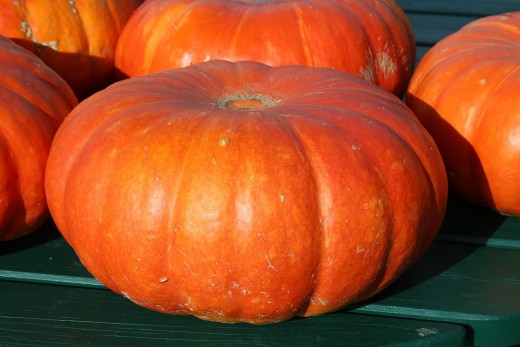
Cut your pumpkins into wedges. Scrape out all of the yucky stuff, and then place those wedges, skin-side down on a baking sheet. Roast in a 350-degree F. oven for 45 minutes, or until they are fork-tender. Why roast instead of boiling or steaming? Believe it or not, pumpkins are about 80 percent water. Roasting makes the pumpkins give up some of that excess liquid, and it also helps to caramelize the sugars, making those squashes more flavorful.
When cool enough to handle, slice or pull off the rind. Next, bring out your food processor (I hope to goodness that you have one of those!) Or a blender. That can work too if you add a little bit of water to get things moving. Failing that, you could always use grandma’s potato masher.
At this point, if the mash seems watery, strain it through a fine mesh strainer or cheesecloth to get rid of the excess liquid.
Kitchen Tools Everyone Should Own
What are the essential "tools" I should get? Just your thoughts on it would be appreciated.
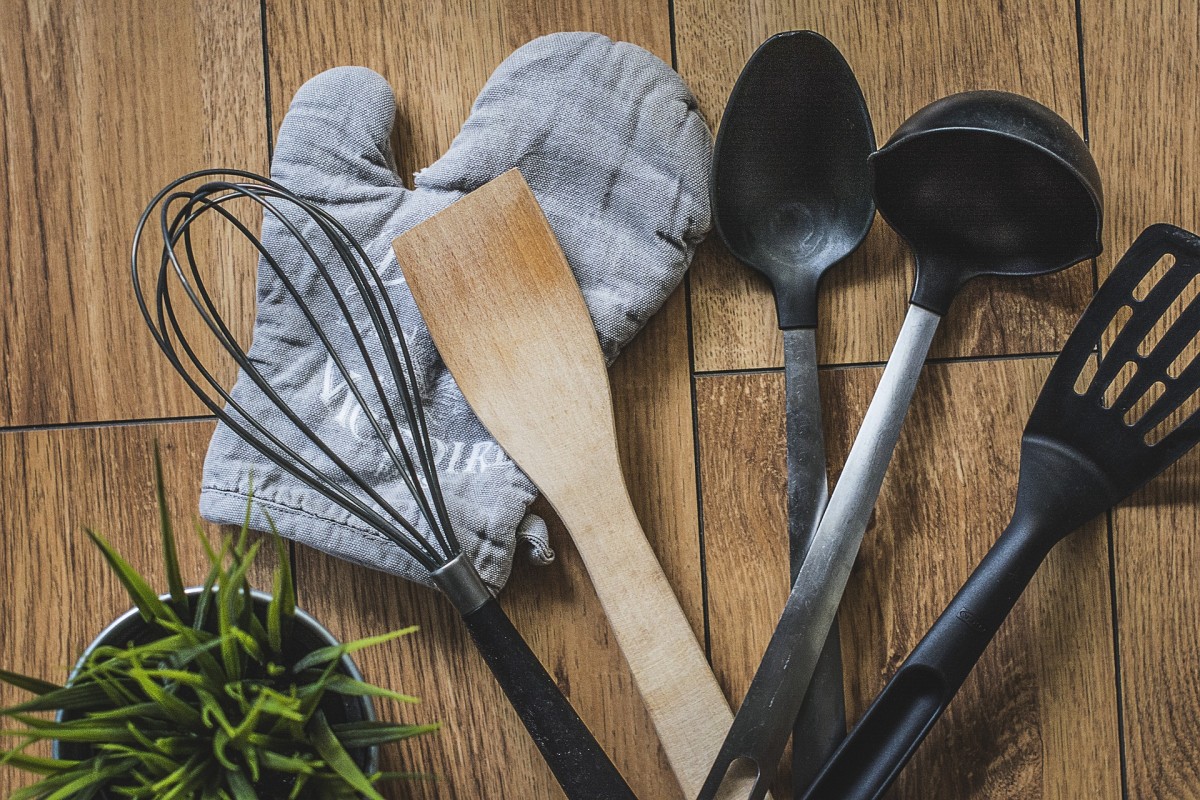
Beginner
| Intermediate
| Advanced
|
|---|---|---|
baking pans (8-inch, 9-inch, 9x13-inch)
| box grater
| blender
|
casserole dishes (1-quart, 1.5-quart, 2-quart)
| bread pan (9x5-inch)
| Dutch oven
|
colander
| electric mixer
| fat separator
|
cookie sheet (rimmed)
| fish mesh strainer
| flexible (fish) spatula
|
cutting boards (never wood)
| kitchen shears
| food processor
|
knives (chef, paring, serrated)
| meat thermometer
| knife sharpener
|
measuring cups and spoons
| meat mallet
| mandolin
|
mixing bowls
| rolling pin
| mortar and pestle
|
peeler
| salad spinner
| potato ricer
|
rubber scrapers
| slow cooker
| silpat baking mat
|
saucepans (1 small, 1 medium, with lids)
| stand mixer
| |
saute' pans (1 small, 1 large)
| spice grinder
| |
slotted spoons
| ||
spatulas
| ||
stockpot
| ||
tongs
| ||
wire whisk
| ||
wooden spoons
|

Don't Leave Me In The Dark
Those were really good questions, but just a few of you are having all of the fun. Don't be bashful. I know there's a question hiding in you just dying to get out.
© 2017 Linda Lum


